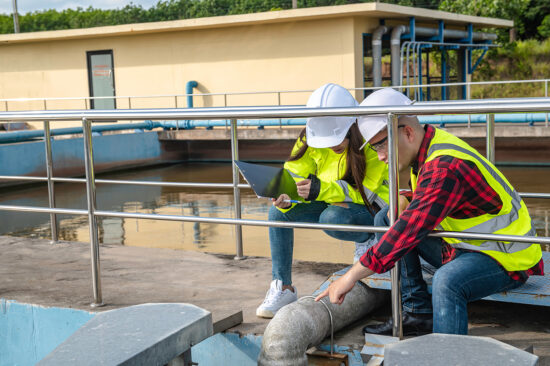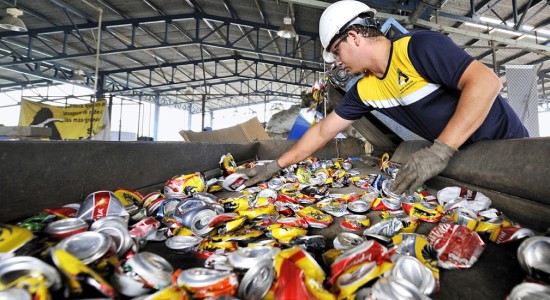Cheminformatics as a versatile tool in Green and Sustainable Chemistry
In the field of chemoinformatics (or cheminformatics), quantitative structure-activity/property-relationship models (QSA/PR, abbreviated in the following as QSAR) have been developed to predict the activity or property of a chemical. The models can be used to generate data for chemicals assessment of new or existing chemicals and are already used in chemical’s and pharmaceutical’s design. Recently, QSAR models are also applied in the design of less toxic, non-bioaccumulative and environmentally biodegradable chemicals in the context of Benign by Design (4th and 10th principle of green chemistry) since QSAR models are fast and produce no chemical waste compared to experimental testing and reduce animal testing and therefore facilitate to decide which chemical structure is a promising candidate for a benign chemical.




